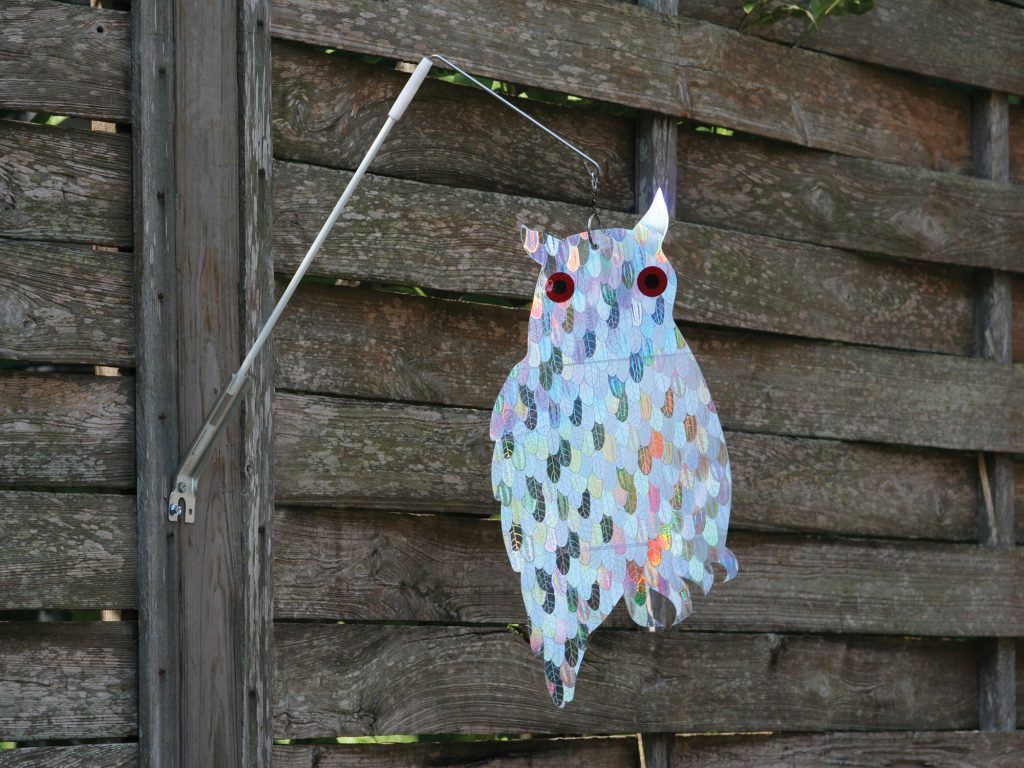If birds have taken up residence in your dryer vent, it can cause clogs and restrict airflow. While exclusion and noise deterrents are effective long term solutions, visual deterrents provide a noninvasive way to scare birds away without harming them. By hanging reflective tape, CDs, plastic snakes or other items near the vent which flutter in the wind, you can startle and distract birds making the area seem hazardous and unwelcoming.
How Visual Deterrents Work
Visual deterrents aim to trigger the birds’ instinctive avoidance of predators by:
•Creating flickering or flashing reflections that mimic the movements of predator wings.
•Disrupting the birds’ ability to recognize familiar shapes and objects.
•Generally making the vent area appear unsettled and unpredictable.
Birds have good vision and are easily startled by unfamiliar visual stimuli. However, over time they can habituate to static deterrents. So it’s important to regularly:
•Move visual deterrents to different locations near the vent.
•Change the configuration, spacing or number of deterrents used.
•Switch out one type of visual deterrent for another.
This prevents the birds from becoming accustomed to a particular visual pattern and keeps the area seeming hazardous.
Some Visual Deterrent Options
•Mylar tape – Silver tape with a fuzzy reflective surface that flutters in the wind.
•CDs/DVDs – Hung near vent and allowed to spin freely, creating ever-changing reflections.
•Plastic snakes – Long strips of UV-protected plastic that move with the breeze.
•Wind sock/spinners – Colorful moving objects that birds perceive as potential threats.
•Old CDs – Can also be hung with jingling material inside to create noise alongside visual deterrence.
In conclusion, visual deterrents provide an effective noninvasive way to keep birds from nesting in dryer vents. The key is regularly moving, adding and switching out the deterrents to keep them from becoming ineffective.




No comment